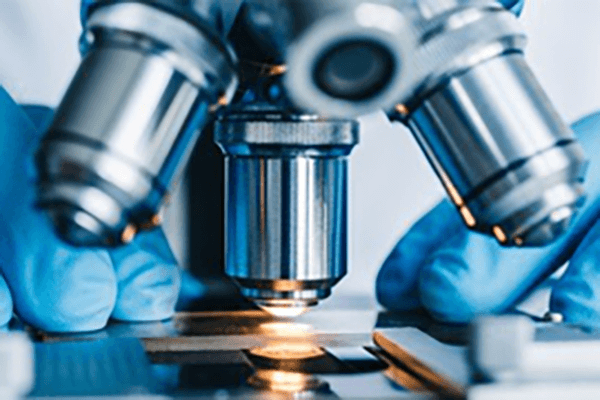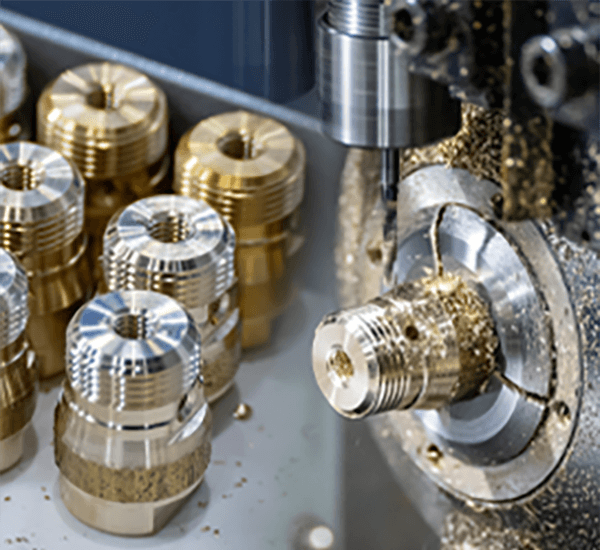
Securing exact surface quality on a machined component proves indispensable.
- Surface finish callouts in engineering drawings provide the exact specifications for the finish of a part
- Technical callouts use Ra, a measure of average irregularity, to quantify finish
- Familiarity with surface callouts is vital for achieving performance targets
- Prescribed surface characteristics govern lubrication, abrasion, and longevity
- Proper decoding of specifications is critical to deliver the expected finish
CNC Machining and Precision Engineering

Automated machining signifies a significant manufacturing innovation by leveraging computer-aided programs machines execute intricate designs with remarkable accuracy.
- The technology facilitates production of complex parts across many materials
- The versatility of CNC machining makes it ideal for aerospace, automotive, medical, and electronics
- G-code driven machining maintains reliable consistency across batches
From early-stage prototyping through mass manufacturing CNC machining underpins modern fabrication
Deciphering CNC Machine Specifications
Making sense of CNC specs can seem confusing on first pass
Still a modest foundation of know-how combined with structure allows navigating specs
Start with locating core parameters: spindle rpm, feed, accuracy, work envelope, controller
Each metric impacts the machine’s aggregate capability.
Example: increased spindle revolutions aid soft materials; accelerated feed raises production.
Recognizing these ties supports choosing machines suited to target production
Don’t forget to review maker-supplied manuals carefully.
Provided manuals commonly contain clarifying information and define jargon
Understanding CNC Machines: A Complete Overview
CNC systems refer to programmed machine tools for accurate automated part production across materials Operation relies on parsing G-code directives to manage cutting devices and toolpaths.
- Examples of CNC types are vertical mills, CNC lathes, CNC routers, plasma cutters
- CNC workflows handle steels, aluminum, plastics, woods, and composite laminates
- Additionally CNC gear supports fast prototyping and limited production for entrepreneurs and institutes
Fundamental CNC Machine Concepts
They exemplify the union of precise mechanics and modern control software Adaptive tools rely on coded programs to manufacture from simple elements to detailed structures Key principle turns electronic models into physical artifacts.
- CNC fabrication
- Software-guided fabrication
It uses accurate motion sequences commanded by the controller Operators play a crucial role in selecting the appropriate cutting parameters monitoring the operation and ensuring the quality of the final product.
Influence of Finish on CNC Operations
Realizing specified surface quality in machining is vital It shapes both functional outcomes and outward appearance Base material, cutting conditions, and post-machining refinements govern texture.
Refined surfaces boost longevity; rough surfaces can diminish functional performance Code-driven machining enables selective tooling and techniques to attain required textures.
- Consider using alternative cutting shapes |cermet inserts|speed settings to obtain particular finish
- In addition buffing, grinding, and sanding may be applied to upgrade finishes
Knowing parameter-to-finish links is vital to secure the best results.
CNC Machine Basics: From Operation to Applications
It constitutes a high-precision manufacturing approach using programmed machine tools to form parts from many materials These machines follow digital instructions to execute intricate designs with high accuracy and repeatability Comprehending toolpaths, G-code, and tooling strategies supports effective machining
Use cases cover aerospace, automotive, medical, electronics, and more sectors From intricate propeller parts to exacting mold inserts, CNC produces accurate geometries
Specifying Surface Roughness for CNC Parts
Appropriate surface specification is essential during CNC part production It helps confirm that the product aligns with performance and cosmetic needs Callouts commonly use the roughness average (Ra) system to denote surface finish This numerical value expressed in micrometers inches or millimeters indicates the average height of surface irregularities.
Weigh required surface smoothness against intended use when defining callouts

Generally fine finishes benefit components requiring precision alignment and tolerance
Alternatively textured surfaces may aid applications needing traction or increased friction
Use explicit finish instructions on design documents to convey the surface requirement Provide the roughness average and detail supplemental processes or treatments needed.
Note that precise surface specifications contribute directly to production success
Categories of CNC Machines and What They Do
Numerical control machining comprises numerous machine types engineered for diverse applications They integrate CAD-driven toolpaths to guide cutters for precise component production.
- Milling machines are renowned for their ability to remove material from a workpiece shaping it into complex geometries
- Routers carve wood composite and plastics into detailed shapes and profiles
- Beam and jet cutting methods enable accurate slicing with differing thermal impacts
Machine selection is dictated by workpiece material, geometric complexity, and precision demands Different CNC platforms supply distinct functionality valuable across industries including automotive and aviation.
Attaining Superior Surface Quality via CNC
Achieving a superior surface finish is crucial in numerous manufacturing processes and CNC machining offers an exceptional method for achieving this goal By leveraging precise control over cutting parameters such as feed rate spindle speed and tool geometry machinists can effectively manipulate the material removal process to produce surfaces with minimal imperfections Additionally superior tool grades and effective lubrication aid in producing refined textures Well-chosen cutting tactics plus careful setup empower manufacture of parts with exceptional surfaces.
Programming for Surface Finish in CNC
Achieving intended surface characteristics through programming is vital for quality The chosen machining parameters including feed rate spindle speed and cutting tool geometry exert a significant influence on the final surface texture Deliberate parameter selection and optimized lubrication enable near-flawless finishes.
- Additionally routine tool checks and upkeep maintain consistent finish quality Also ongoing tool care and inspection support sustained finish reliability In addition periodic tool servicing and checks secure consistent surface quality
- To enhance finish consider workpiece material, roughness targets and use case
- Path simulation offers insights to adjust cutting settings and reduce defects
- Besides that systematic tool upkeep and monitoring ensure sustained surface quality
